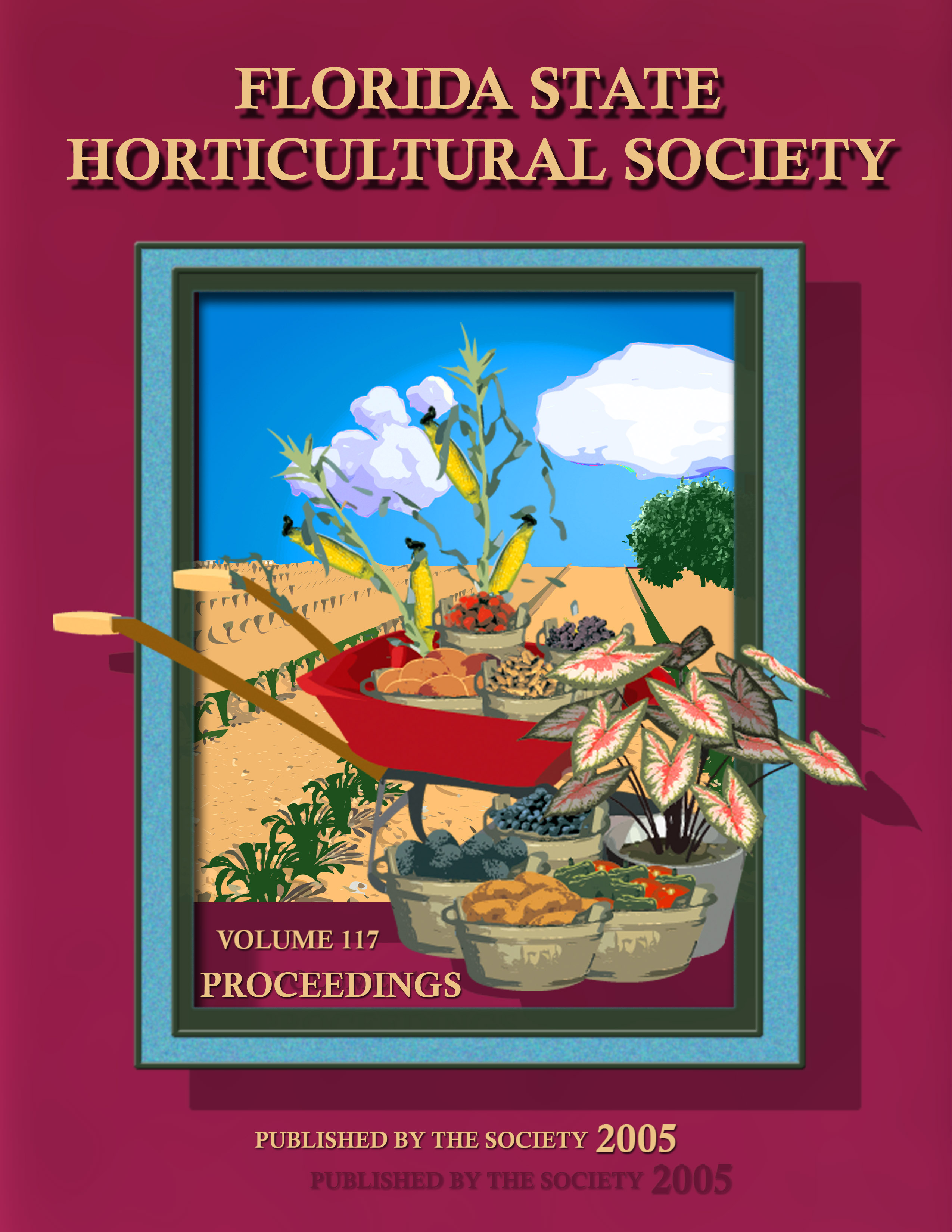Abstract
Melon aphid (Aphis gossypii Glover) and silverleaf whitefly (Bemisia argentifolii Bellows and Perring [= B strain of Bemisia tabaci (Gennadius)]) are major pests of cucurbits. An early infestation of melon aphid on muskmelon (Cucumis melo L.) can lead to severe damage to new growth, stunting, and yield loss. Heavy whitefly populations also contribute to poor growth of young plants. Early in the season, natural populations of insect predators may be low, and artificially increasing the population with insectary-reared predators might keep pest populations from reaching damaging levels. Two predacious insects, pink spotted lady beetle (Coleomegilla maculata DeGeer) and a bigeyed bug [Geocoris punctipes (Say)], were released onto muskmelon, cv. 'Athena', that had been infested with aphids. Whiteflies infested the crop from nearby potatoes. Immature stages of predators were used to prevent their dispersal from the release site. Within a week of the release, aphid populations declined sharply in all treatments. A lady beetle (Coccinella septempunctata L.) that moved into the melons when the adjacent potato vines were killed may have been responsible. Pink spotted lady beetle larvae matured and dispersed. Bigeyed bugs persisted for the rest of season. Whitefly populations were higher on plants infested with the highest rate of bigeyed bugs. It is possible that these predators interfered with other naturally occurring predacious insects. Instead of releasing additional predators, it might be more economical to plant an earlier, unrelated crop to generate natural enemies for a second crop and conserve naturally occurring predators by avoiding broad-spectrum insecticides.

